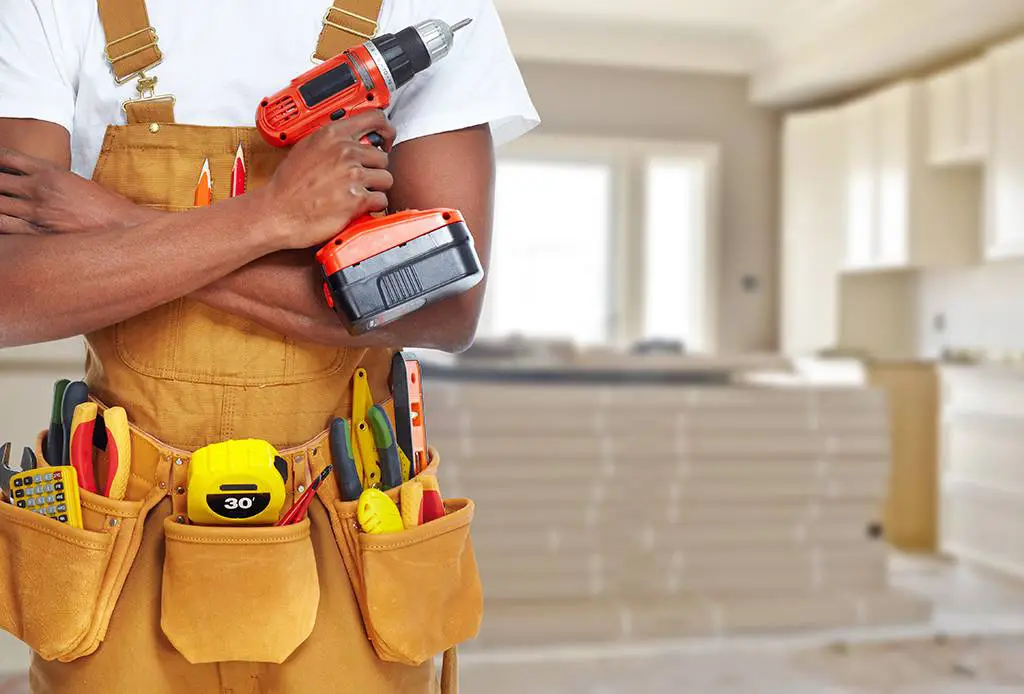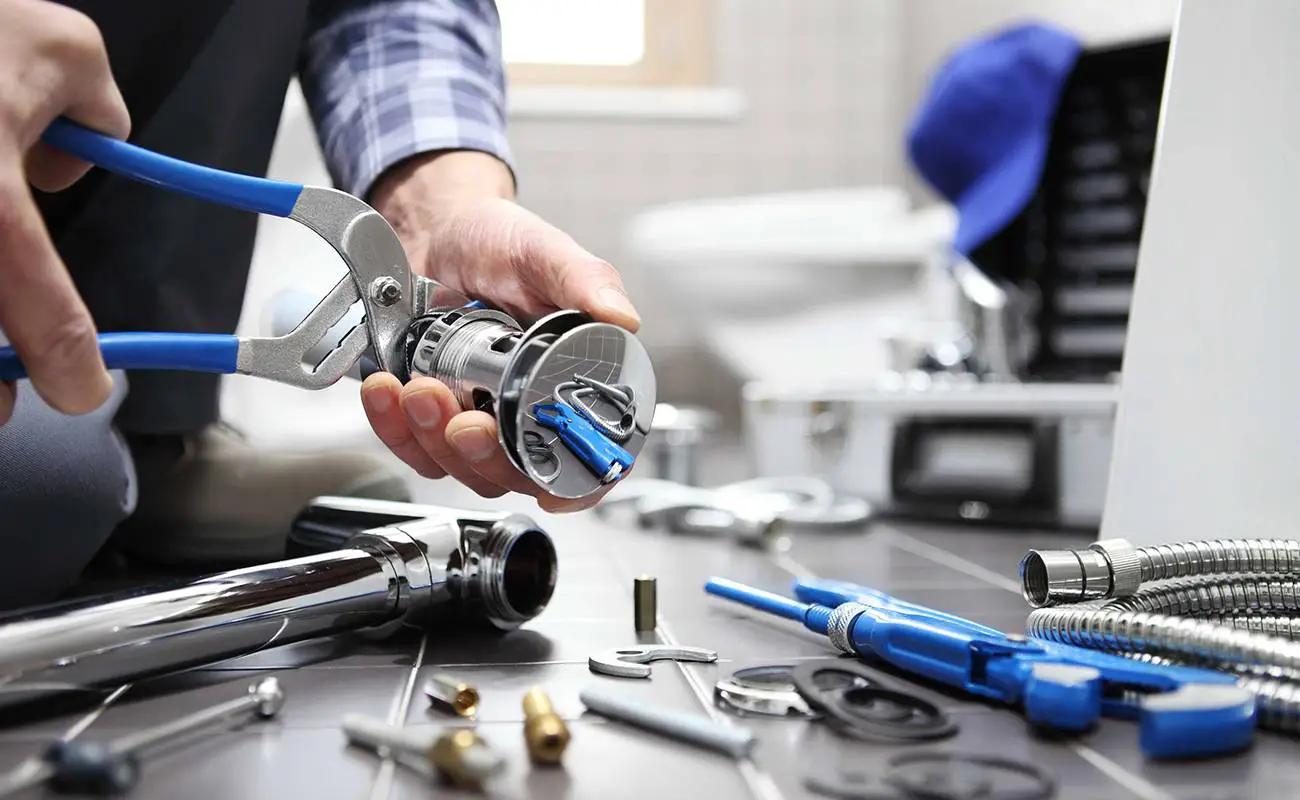When You Should Hire Versus DIY
Deciding whether to tackle a home repair or improvement project yourself—or to call in a professional handyman—can feel like navigating a balancing act between time, money, and quality. As your financial analyst, I’ll walk you through the key factors you need to weigh to make the decision that maximizes your return on investment (ROI), minimizes risk, and keeps your home in top shape.
1. Skill Level and Learning Curve
DIY-Proficient Tasks
Painting, Basic Carpentry, and Simple Fixture Swaps. These generally require minimal specialized skills and can be learned quickly through online tutorials.
Cost Benefit. You’ll spend only on materials (paint, brushes, basic lumber), saving on labor—typically 50–70% of total project cost.
Handyman-Required Tasks
Electrical Wiring, Plumbing Rough-Ins, Structural Work. Mistakes can lead to safety hazards, code violations, and expensive rework.
Opportunity Cost. The time invested learning and correcting errors can easily outweigh labor charges.
Decision Tip: If you can complete a task to code-compliant standards in under a weekend after watching a couple of tutorials, DIY might make sense. For anything requiring a permit or technical inspections, hire a pro.
2. Time Versus Money
Valuing Your Time
Calculate your “billable hour” as if you were a handyman: e.g., at $50/hour, a 10-hour project “costs” you $500 in time alone.
Compare this to a handyman’s typical rate of $60–$85/hour (including materials markup).
Hidden Time Costs
Time spent sourcing materials, troubleshooting unexpected issues, and cleaning up.
Potential for weekends consumed instead of rest or other productive activities.
Decision Tip: If your personal time is worth more than—or close to—a handyman’s hourly rate, hiring out makes financial sense.
3. Tools and Equipment Investment
One-Off Tools
Buying a specialty tool (e.g., a tile wet saw, stud finder, or heat gun) for a single project can add $100–$500 to your costs.
Renting equipment is an option, but factor rental fees, trip time, and potential damage liability.
Long-Term Tool Library
If you see yourself tackling multiple projects over the next few years, investing in quality tools can amortize over time.
Example: A decent cordless drill set ($150) pays for itself by replacing multiple handyman visits.
Decision Tip: Before buying, ask: “Will I use this tool at least three times in the next two years?” If not, hire a professional who already owns the gear.
4. Safety and Liability
Risk of Personal Injury
Falls from ladders, electrical shocks, chemical exposure—each carries medical bills, lost work time, or worse.
Pros carry insurance; your DIY mishap may cost thousands out of pocket.
Homeowner’s Insurance and Code Compliance
Unpermitted or improperly completed work can void coverage or lead to fines.
A licensed handyman guarantees work meets local building codes.
Decision Tip: If there’s any doubt about doing it safely—or if permits are required—hire a professional to avoid potential liabilities.
5. Quality, Warranty, and Resale Value
Finish and Durability
A pro’s finish is often smoother, more precise, and longer-lasting.
DIY patches or finishes show wear faster, potentially leading to repeat costs.
Warranty Coverage
Many handymen offer 1-year workmanship warranties; manufacturers’ warranties often require professional installation to remain valid.
A well-documented professional job can boost resale value and ease future inspections.
Decision Tip: For high-visibility areas (kitchens, bathrooms, exterior facades), prioritize professional quality to protect property value.
6. Hidden and Opportunity Costs
| Cost Category | DIY | Hiring a Handyman |
|---|---|---|
| Direct Material Costs | Typically lower (no markup) | Materials + markup (10–20%) |
| Labor Costs | Zero direct labor fee | $60–$85 per hour |
| Time Value | Your time valued at $X/hr | Not your time |
| Tool Rental/Purchases | Rental fees or purchase | No additional tool costs |
| Risk of Rework | Potentially high | Low |
| Liability / Insurance | On you | Covered by pro’s policy |
Note: Tailor “Your time valued at $X/hr” to your personal or professional earnings rate.
7. Crafting a Decision Matrix
List Tasks. Break your project into discrete tasks (e.g., prep, demo, install, finish).
Estimate Hours. For each task, estimate DIY hours × your time rate vs. pro rate.
Rank by Complexity. Assign a complexity score (1–5) and risk score (1–5).
Calculate Net Benefit.
- DIY Cost=(DIY Hours×Your Hourly Rate)+Materials \text{DIY Cost} = (\text{DIY Hours} \times \text{Your Hourly Rate}) + \text{Materials}DIY Cost=(DIY Hours×Your Hourly Rate)+Materials Hire Cost=(Pro Hours×Pro Hourly Rate)+Materials + Markup \text{Hire Cost} = (\text{Pro Hours} \times \text{Pro Hourly Rate}) + \text{Materials + Markup}Hire Cost=(Pro Hours×Pro Hourly Rate)+Materials + Markup
Decision Threshold. If DIY Cost + (Risk × $X per risk point) < Hire Cost, DIY; otherwise hire.
8. Real-World Examples
Replacing a Faucet
DIY: 2–3 hours, $25 in parts, risk of leaks requiring redo.
Hire: $120–$180 total, guaranteed leak-free.
Installing Laminate Flooring
DIY: 8–12 hours prep + install, $300 in materials, tool rental $50.
Hire: $800–$1,200, including all materials, and one-day turnaround.
Painting a Bedroom
DIY: $60 paint + ~4 hours prep & paint; overall “cost” $260 if valuing your time at $50/hr.
Hire: $200–$300 all-in, finished in a day, minimal effort.
Conclusion
Choosing between DIY and hiring a handyman boils down to a clear assessment of skill, time value, tool needs, safety, and long-term quality. By running the numbers—factoring in both direct and hidden costs—you can confidently decide which projects to tackle yourself and which to entrust to a professional. That way, you optimize both your wallet and your well-being, ensuring every home improvement delivers maximum ROI.






